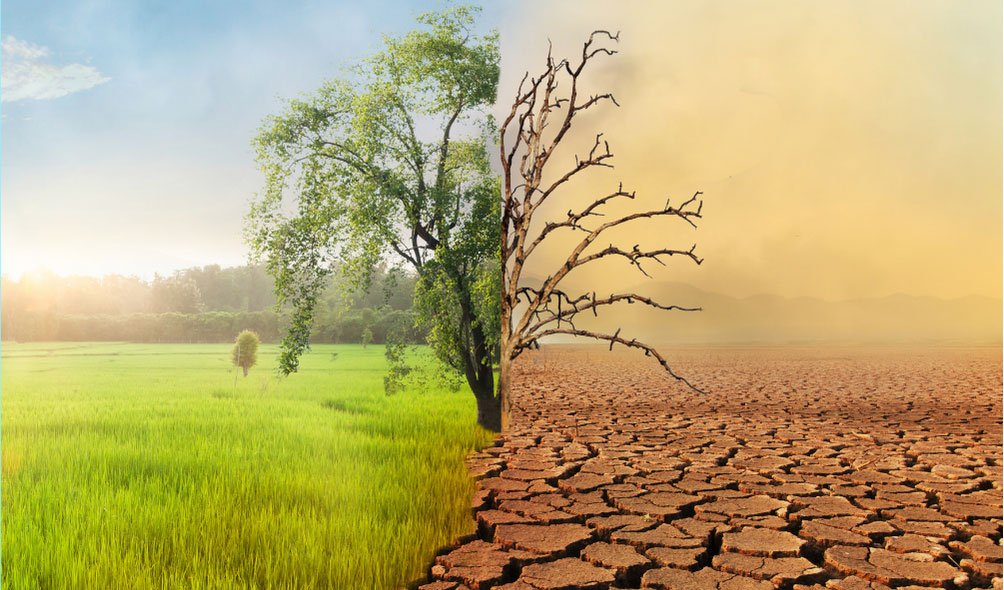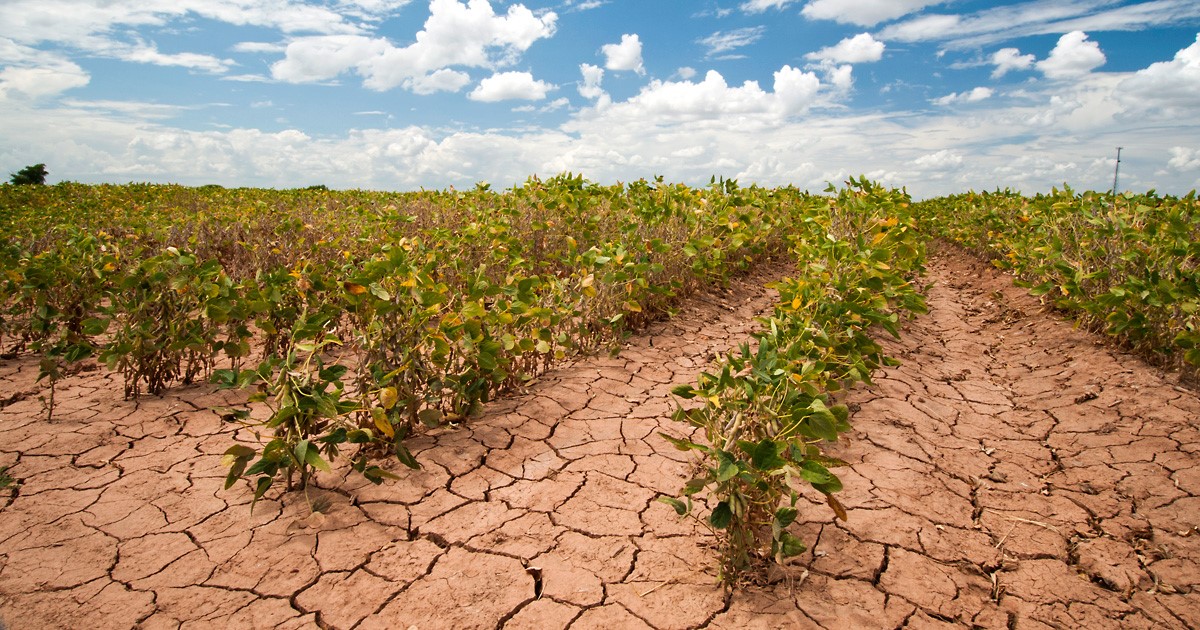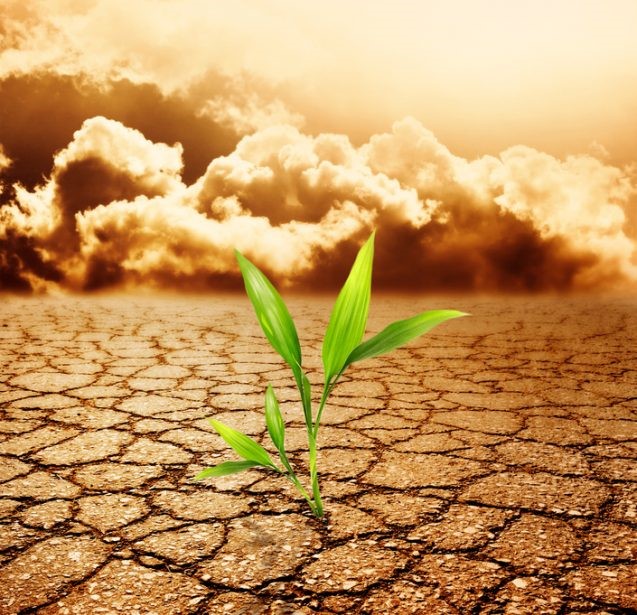People with lower socio-economic status, migrants and refugees are most vulnerable to the impact of climate change on water.
Changing climate has a significant impact on water — direct or indirect — leading to serious social and economic issues in highly vulnerable countries such as India. Millions of poor are struggling to live with low adaptive capacity, fast diminishing reliable water resources, large-scale wetland degradation and unsustainable water management.

Water resources are fast depleting and deteriorating. Fall in surface water availability due to changing rainfall pattern increases dependency on groundwater. Groundwater level has been receding at an alarming rate in many parts of India, as a result of over-extraction and changing seasonality and intensity of rainfall.
In the coastal zones, this is leading to salinity intrusion in aquifers. Water scarcity causes conflicts over allocation and clash between people. Climate change impacts will have direct consequences for water security with its reflection on food security. A recent study by the International Food Policy Research Institute found that more than half the world’s population and approximately half of global grain production will be at risk due to water stress by 2050.
Failure in agriculture due to hydrological extremes affects rural economy. In large parts of rural India, life still depends on agriculture. Disasters like floods and prolonged droughts cause anxiety-related responses as well as mental health disorders. Thousands of farmers in India committed suicide in the last few decades.

By the late 21st century, climate change is likely to increase the frequency and intensity of drought and a large part of the globe may experience famine. Food scarcity or food quality issues also can affect mental health. In addition to agriculture, possible crisis in the inland fishery sector is also a threat to food security. Aquatic species are generally more sensitive to water temperatures, and the stratification of water bodies can be impacted by climate change, affecting fish growth and viability.

Associated with hydrological extremes, water-related health issues are worsening. Floods are increasing in frequency and intensity. Floods contaminate freshwater supplies, heighten the risk of water-borne diseases and create breeding grounds for disease-carrying insects. They also cause drowning and physical injuries, damage homes and disrupt the supply of essential services including medical and health.
The World Health Organization warns that increasingly variable rainfall patterns are likely to affect the supply of freshwater. A lack of safe water can compromise hygiene and increase the risk of diarrhoeal disease, which kills over 500,000 children every year.
Shortage of reliable water often leads to disputes over water sharing in transboundary water resources. Existing water disputes are likely to worsen and new disputes are likely to ignite. The problem will become more serious in a country like India, with regional interests dominating national interests and vested political interests making solution and consensus difficult.
There are several other socio-economic and environmental issues related to climate change impact on water that affect human life such us hiking prices of food and water unaffordable to the poor, competition and conflicts over the allocation of water and food, migration, violence, setbacks in tourism, wildfire and loss of species and large investments for adaptation and mitigation.

Safe water is becoming a costly commodity. Even today, in certain countries, bottled water costs more than fruit juice. Human migration creates tension among countries and different classes of people within countries. Though migration due to water shortage associated with changing rainfall pattern has been happening for centuries, it has been accelerated in the last few decades with abnormal changes in global climate.
Hydropower may become more expensive when the rainfall pattern changes. Reduction in river runoff due to low rainfall or sedimentation in rivers and reservoirs due to erosion and sedimentation caused by intense precipitation can significantly affect hydropower generation. States such as Kerala are already facing this situation.

Some classes of people are more vulnerable to the potential impacts of climate change, including children and elderly, the chronically ill, born with birth defects, pregnant and postpartum women, and people already suffering from mental illness. People with lower socio-economic status, migrants, refugees and the homeless may also be more vulnerable. In India, thousands of extreme poor may find it difficult to survive without safe water.
The World Economic Forum has ranked water crises as number one in global risks, with potential to cause damaging economic and social impacts across entire countries and sectors. Living with climate change will mean coping with the impacts on water, and taking the necessary steps to reduce the vulnerabilities of communities and economies.
Even when water-related disasters are at our doorsteps, politicians rarely consider it as serious. The answer of Yudhishthira to the question of Yaksha in the epic Mahabharata, “What is the most wonderful thing you see around” is relevant today. “Even when countless creatures go to the abode of ‘Yama’ (god of death), those who remain behind believe it is not applicable to them and they are immortal”.
We would like to spread this for the benefit of fellow Indians
Vardhman Envirotech
India’s Passionate rainwater company
This article is published on: – https://www.downtoearth.org.in/blog/water/climate-change-and-water-ripple-marks-69829
By K Shadananan Nair Published: Monday 25 May 2020
This was first published in Down to Earth’s print edition (dated 16-31 March, 2020)
